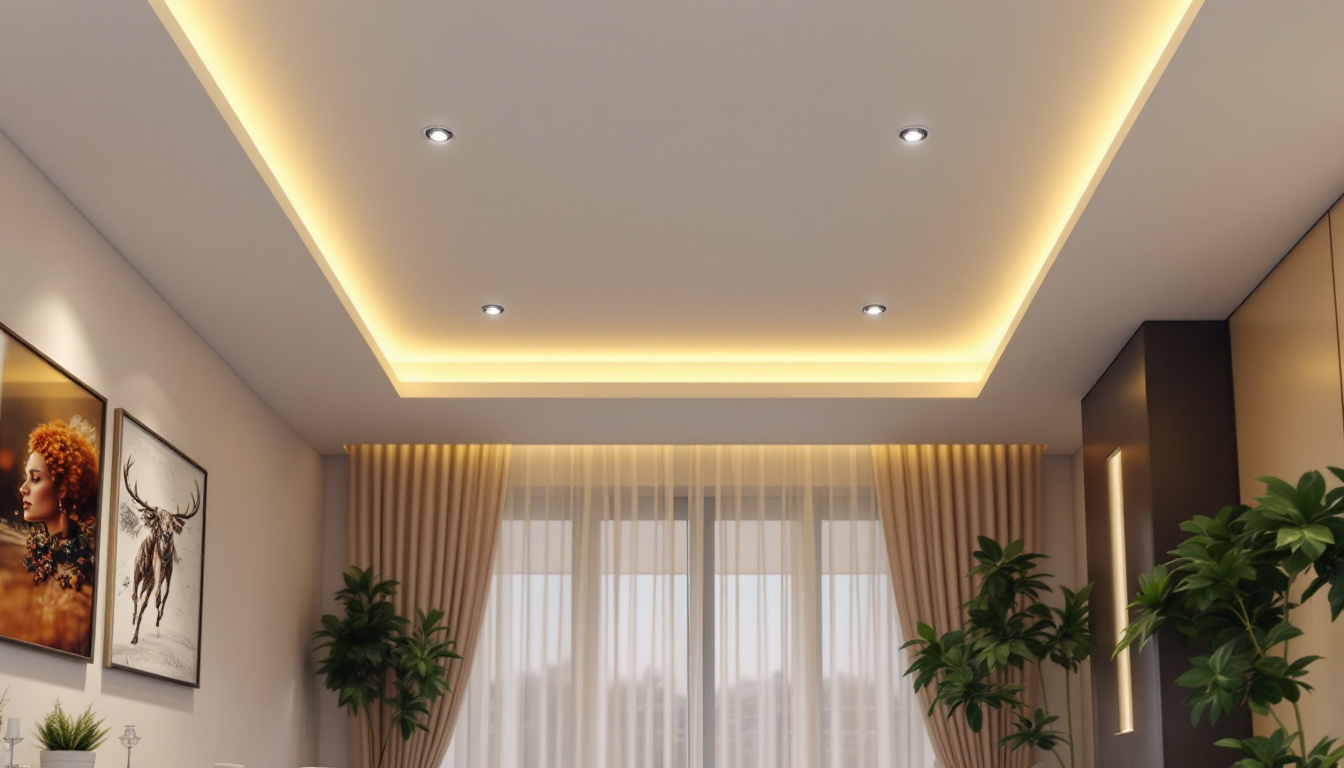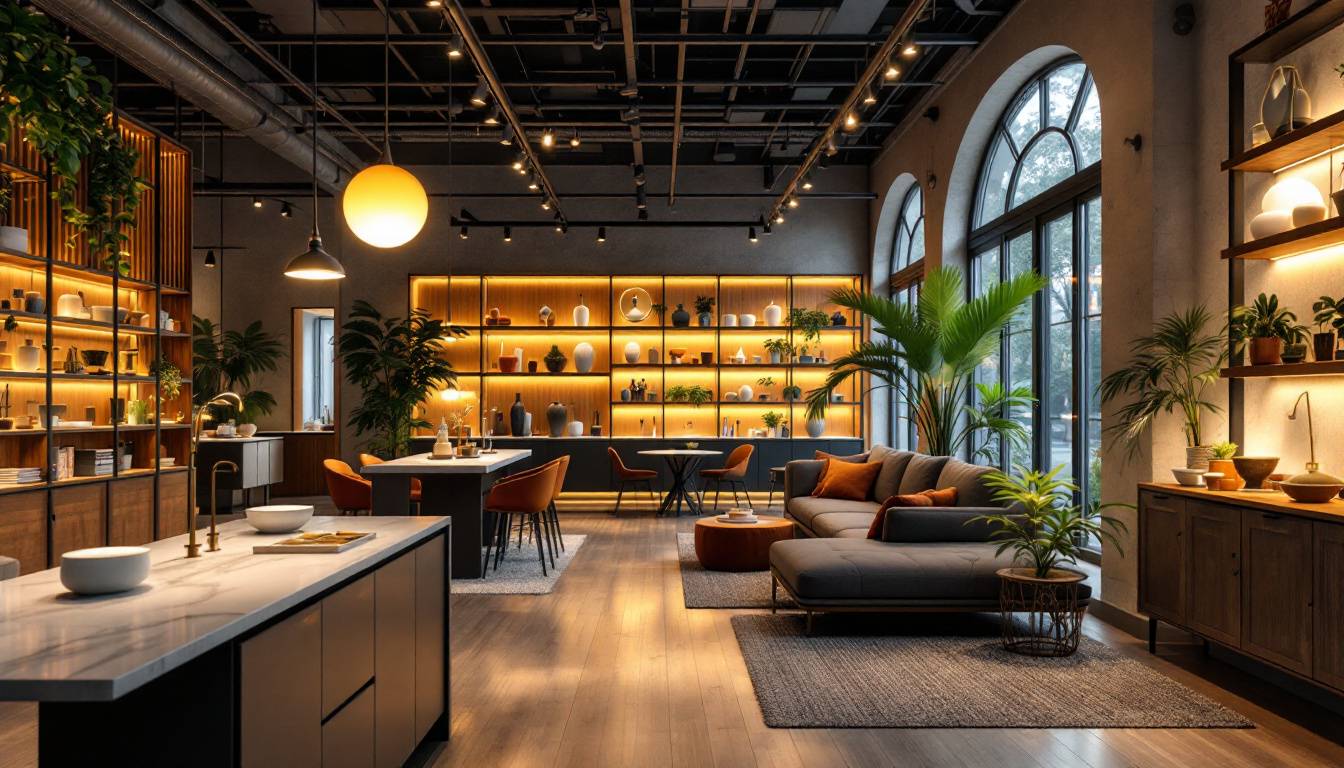
Can lights, also known as recessed lights or downlights, have become a staple in modern lighting design. For lighting contractors, understanding the nuances of can lights is crucial for successful installations and satisfied clients. This article delves into essential facts about can lights, covering their types, installation techniques, and best practices for optimal results.
Can lights are fixtures that are installed into a hollow opening in the ceiling, providing a clean and unobtrusive lighting solution. They are popular for their versatility and ability to enhance the aesthetic of various spaces, from residential to commercial environments. With their sleek design, can lights can seamlessly blend into any decor, allowing the focus to remain on the room’s furnishings and architecture rather than on the lighting fixtures themselves.
Can lights come in various types, each suited for different applications. The most common types include:
Can lights offer numerous advantages that make them a preferred choice among contractors and homeowners alike:
In addition to their aesthetic appeal and energy efficiency, can lights also offer the advantage of being dimmable, allowing homeowners to adjust the brightness according to their needs and mood. This feature is particularly beneficial in spaces like living rooms or bedrooms, where ambiance plays a crucial role in comfort. Furthermore, the ability to control the lighting levels can contribute to energy savings, as lower light levels consume less electricity.
Another noteworthy aspect of can lights is their ability to enhance the functionality of a space. For instance, in kitchens, strategically placed can lights can illuminate work areas, making meal preparation safer and more efficient. In retail environments, they can be used to highlight products, drawing customers’ attention to specific displays. With the right placement and bulb selection, can lights can transform any area into a well-lit, inviting space that serves both practical and aesthetic purposes.
proper installation of can lights is key to ensuring they function effectively and safely. Here are some essential techniques that lighting contractors should consider:
Before installation, careful planning is essential. The layout of can lights should complement the room’s design and intended use. Here are some factors to consider:
In addition to these factors, it’s also beneficial to think about the color temperature of the bulbs you plan to use. Warmer tones can create a cozy atmosphere in living spaces, while cooler tones are often preferred in work areas like kitchens and home offices. Furthermore, utilizing a lighting design software can help visualize the layout and adjust placements before making any physical changes. This proactive approach can save time and ensure that the final result meets both aesthetic and functional needs.
Electrical safety is paramount when installing can lights. Here are some important considerations:
Moreover, it’s crucial to assess the overall electrical capacity of your home to avoid overloading circuits. If you’re unsure, consulting with a licensed electrician can provide peace of mind and ensure compliance with safety regulations. Additionally, consider the option of smart lighting systems, which can offer remote control and scheduling features, enhancing both convenience and energy efficiency. These modern solutions not only improve usability but can also contribute to energy savings over time, making them a smart choice for any lighting project.
The type of bulb used in can lights can significantly impact both the quality of light and energy efficiency. Understanding the different options available can help contractors make informed decisions.
LED bulbs are increasingly becoming the preferred choice for can lights due to their numerous benefits:
Color temperature is another critical factor to consider when selecting bulbs for can lights. It is measured in Kelvin (K) and influences the ambiance of a space:
To ensure a successful installation of can lights, contractors should adhere to several best practices that promote safety and efficiency.
Prioritizing safety during installation is non-negotiable. Here are some essential safety tips:
After installation, thorough testing is crucial to confirm that everything is functioning as intended:
Even experienced contractors can make mistakes during the installation of can lights. Being aware of common pitfalls can help avoid issues down the line.
One of the most frequent mistakes is overcrowding can lights in a single area. This can lead to:
Ceiling height plays a crucial role in determining the number and placement of can lights. Ignoring this factor can result in:
Proper maintenance of can lights ensures their longevity and optimal performance. Contractors should be familiar with troubleshooting common issues that may arise.
Dust and debris can accumulate on can lights, diminishing their effectiveness. Regular cleaning is essential:
Flickering can lights can be frustrating for homeowners. Here are steps to troubleshoot:
Can lights are a versatile and efficient lighting solution that can enhance any space when installed correctly. For lighting contractors, understanding the various types, installation techniques, and best practices is essential for delivering quality results. By avoiding common mistakes and adhering to safety protocols, contractors can ensure that their installations not only meet but exceed client expectations.
As the demand for modern and energy-efficient lighting solutions continues to grow, staying informed about the latest trends and technologies in can lighting will position contractors for success in the ever-evolving lighting industry.
Ready to elevate your lighting installations with the finest can lights on the market? Look no further than LumenWholesale, where we provide contractors with exceptional, spec-grade lighting products at unparalleled wholesale prices. Our commitment to quality and affordability means you can access a wide range of reliable lighting solutions that meet the strictest industry standards. Plus, with the convenience of free shipping on bulk orders, you can stock up on premium lighting without worrying about extra costs. Don’t compromise on quality or value—visit LumenWholesale for Wholesale Lighting at the Best Value and make your next project shine.

Discover expert tips and innovative strategies for lighting contractors in “Library Lights.” Learn how to illuminate libraries effectively, balancing aesthetics and functionality to create inviting, well-lit spaces that inspire readers and enhance the library experience..

Discover essential best practices for lighting contractors when working with plugs and receptacles.

Discover the charm of vintage-looking light bulbs with our comprehensive guide tailored for lighting contractors.

Explore how the innovative concept of the Light Salon is revolutionizing energy efficiency.